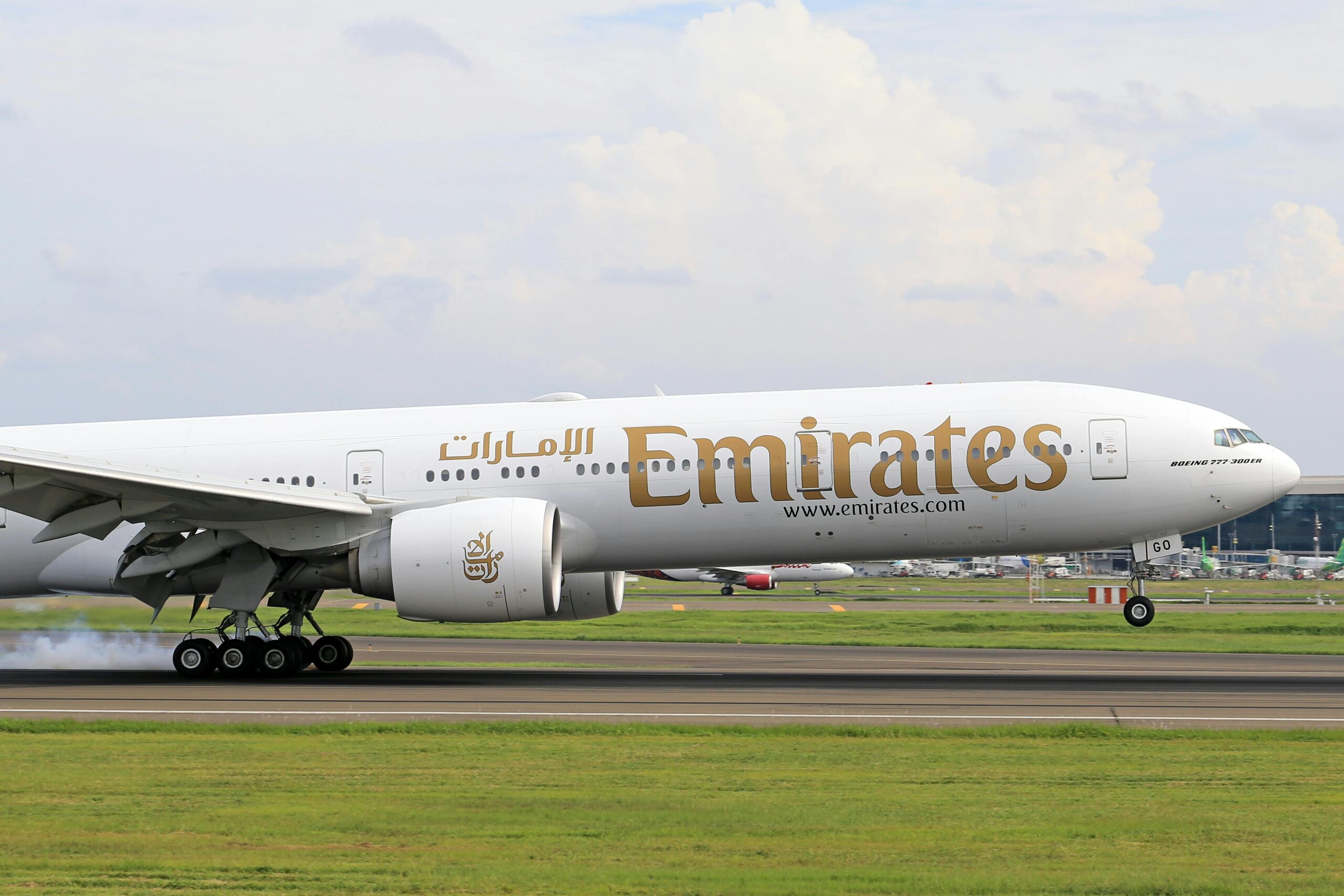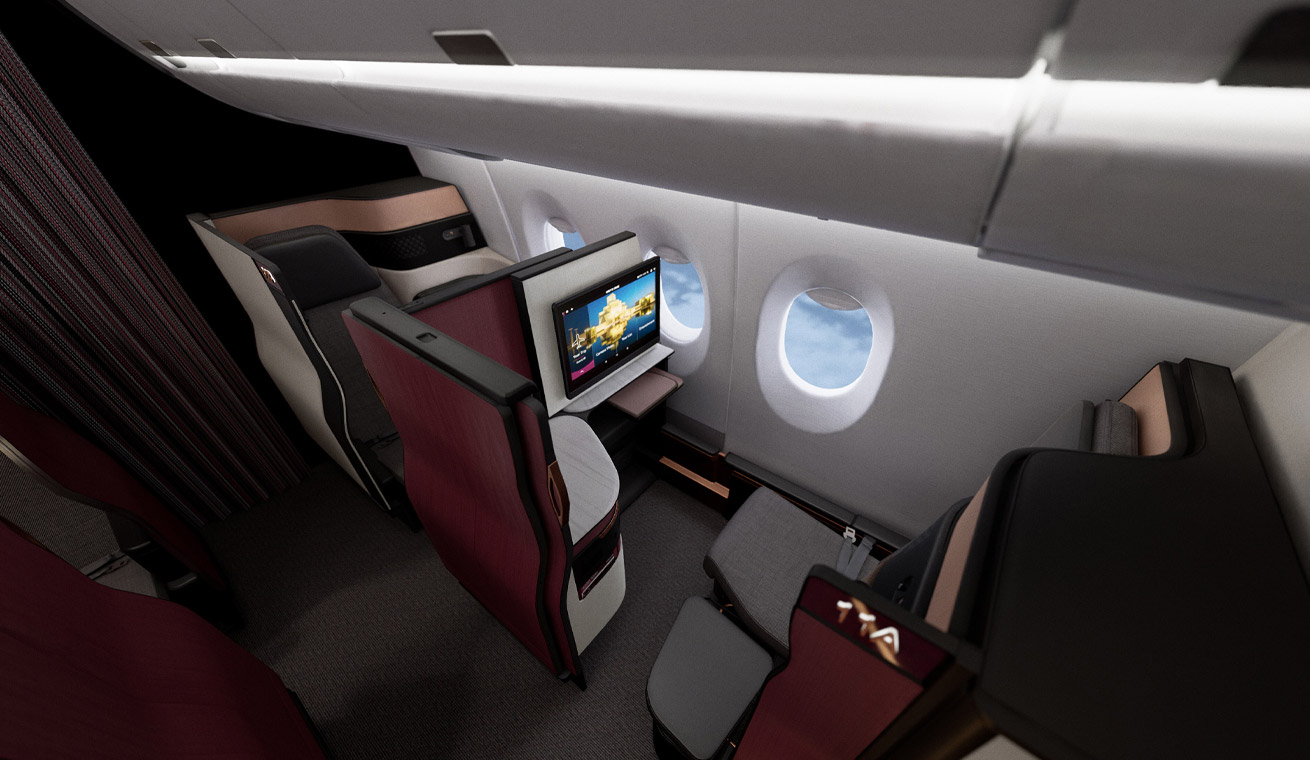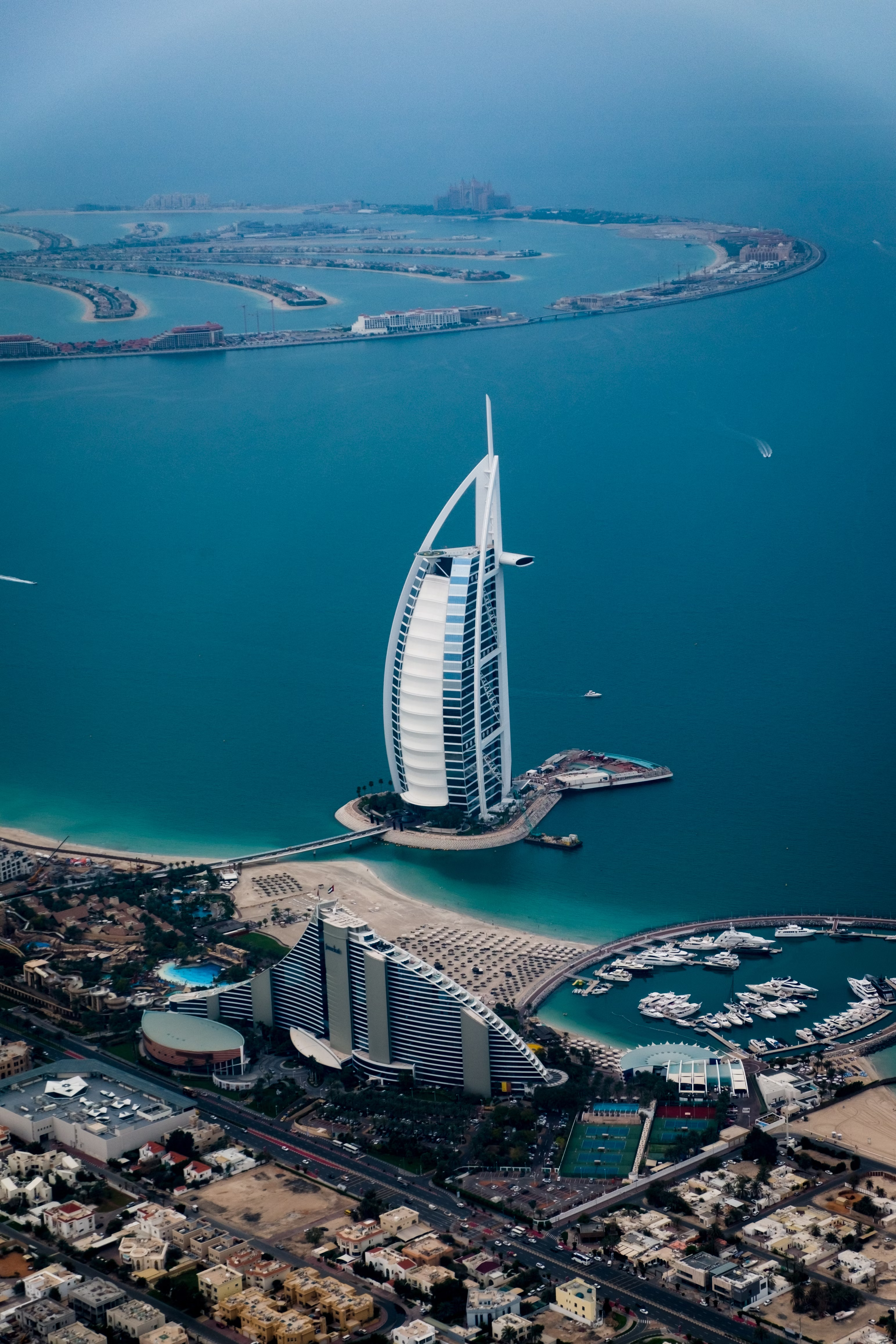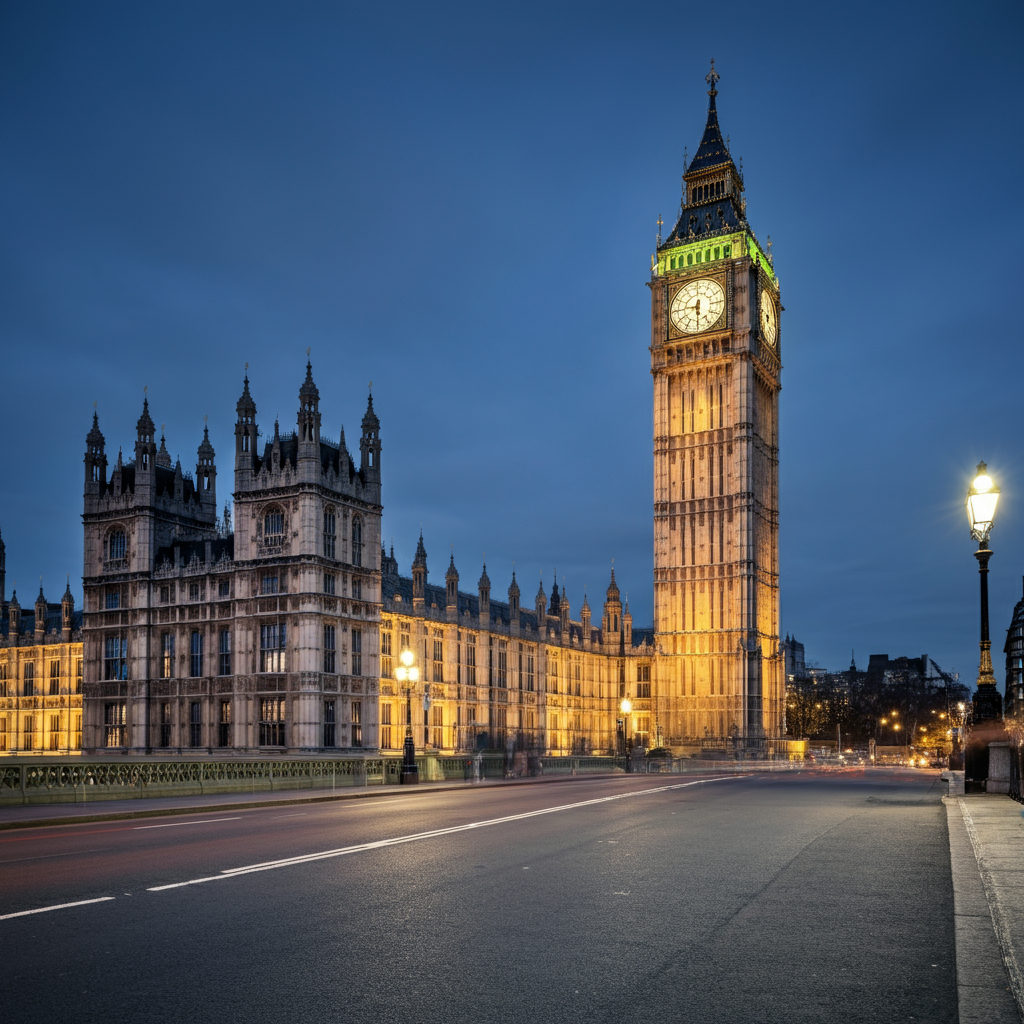There’s something magical about capturing your travel experiences with a camera. Whether you’re a beginner with a smartphone or a seasoned photographer with a DSLR, learning the right travel photography tips can help transform ordinary snapshots into extraordinary memories. Great travel photography isn’t just about technique; it’s about storytelling, emotion, and connection. So, are you ready to elevate your photos from “just okay” to unforgettable? Let’s jump into this guide packed with practical, easy-to-follow advice to help you snap better shots wherever your adventures take you!
Why Travel Photography Matters More Than Ever
Travel photography goes beyond recording places—it’s about capturing the feeling of the moment. A photo from a bustling market in Marrakech or a quiet morning in Bali can transport you back instantly. In fact, photography helps you experience your travels more mindfully because it makes you look deeper, notice details, and connect with people and surroundings. Plus, with social media, you can inspire others and share meaningful stories from your journeys. According to National Geographic, great travel photos can even build cultural understanding across borders.
Lighting can make or break a shot. The golden hours—right after sunrise and just before sunset—offer the softest, most flattering light. The shadows are gentle, the colors are rich, and the atmosphere is pure magic. Try to avoid shooting at noon when the light is harsh, unless you intentionally want dramatic contrasts. If you must shoot during midday, look for open shade, such as under a tree or awning, to soften the effect. Remember, light direction matters too—side lighting adds texture, while backlighting creates dreamy silhouettes.
Check weather apps like AccuWeather or Time and Date to plan the best lighting times during your trip.
Composition and Creative Angles
The way you frame your shot matters as much as the subject. Follow these essential composition tips:
- Rule of Thirds: Place key elements along a grid divided into thirds for balance and interest.
- Leading Lines: Use roads, rivers, fences, or even shadows to guide the viewer’s eye.
- Framing: Use doorways, arches, or windows to frame your subject naturally.
- Negative Space: Don’t be afraid of simplicity—sometimes a lone figure in a vast landscape is more powerful than a busy scene.
- Change Your Perspective: Crouch down, climb up, or tilt the camera for an unexpected viewpoint.
As The New York Times suggests, the best travel photos often come when you break away from eye level and explore new perspectives.
Capturing Authentic Moments and Local Culture
Some of the most memorable images are the unplanned, spontaneous ones. Pay attention to candid moments, street scenes, and local interactions. Respect people’s privacy and ask for permission when needed—often, a smile or friendly greeting opens doors. If you’re photographing in a market or festival, observe first to understand the rhythm, then step in respectfully. Engage with your subjects; they may even invite you into a deeper experience you didn’t expect. For ethical tips, check out The Travel Foundation.
Depth of Field and Blurry Backgrounds
Want your subject to stand out? Use a shallow depth of field. On a camera, set a wide aperture (low f-number like f/2.8); on smartphones, use portrait mode. This effect blurs the background, focusing attention on your subject—whether it’s a face, a flower, or a dish of local cuisine. For sweeping landscapes, go the opposite direction: use a narrow aperture (high f-number like f/11) for sharp focus throughout.

Essential Gear and Packing Light
You don’t need the most expensive gear—but having a few key tools helps. Consider a lightweight mirrorless camera or even a smartphone with a quality lens. Add these essentials:
- Wide-angle lens for landscapes
- Prime lens (like 50mm) for portraits
- Mini tripod for night shots and long exposures
- Spare batteries and memory cards
- Lightweight camera bag or sling
For gear recommendations, visit DPReview for trusted reviews and comparisons.
Editing and Storytelling
Post-processing helps turn good images into great ones. Use apps like Lightroom or Snapseed to fine-tune exposure, contrast, and color. Keep edits subtle; overdone filters can date your images quickly. While you edit, think about the story you want to tell—are you capturing joy, tranquility, chaos? A strong narrative will make your travel gallery stand out.
Tips for Sharing Your Travel Photos
When posting on social media, think beyond hashtags. Share a caption that explains the moment or gives background. This builds connection with your audience. Mix wide shots with close-ups, and alternate landscapes with people or details. For travel blogs or online galleries, use tools like SmugMug or Flickr to showcase your work beautifully.

Great travel photography is about being present, observant, and open to the world. With these travel photography tips, you’ll not only improve your technical skills but also deepen your travel experience. So go ahead—wander with intention, shoot with curiosity, and come home with photos that tell powerful, authentic stories.
What’s your go-to travel photography tip? Share it in the comments below! And don’t forget to follow us on social media or visit WentWorld.com for more expert travel guides and inspiration. Happy shooting!
Catch up on the top stories and travel deals by subscribing to our newsletter!












Leave a Reply